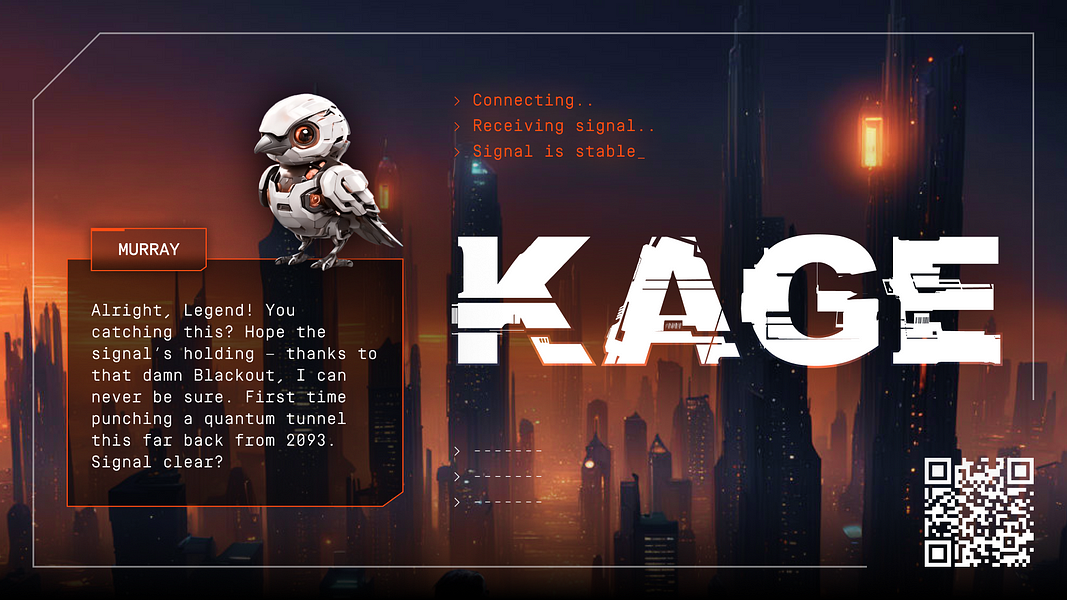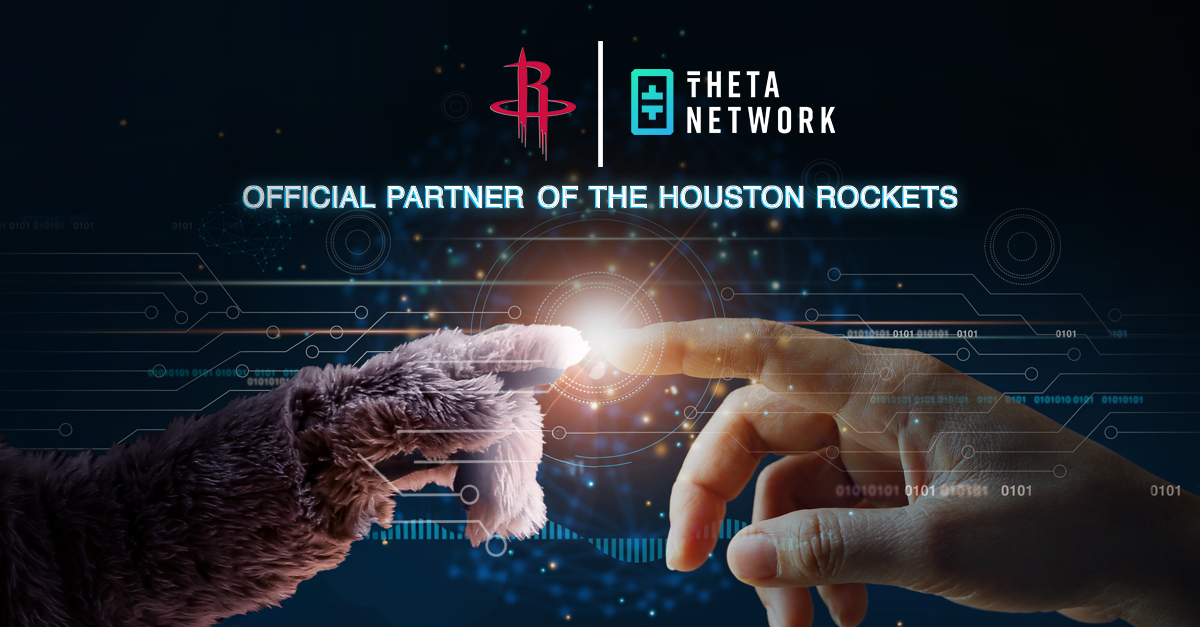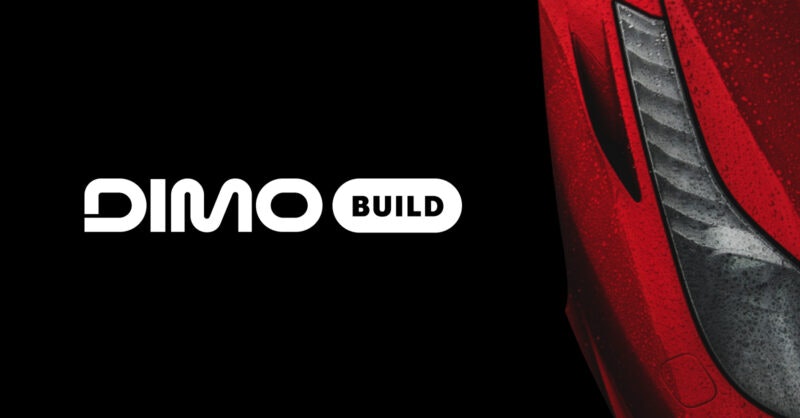Kage: The First DePIN Play-to-Earn Mobile Game Launches

Kage is revolutionizing the mobile gaming landscape with its launch as the first-ever DePIN Play-to-Earn game. Players engage in indoor navigation and low-power wayfinding solutions while earning cryptocurrency by detecting wireless networks. The game rewards participants with $CHIRP tokens for contributing to the creation of a community-owned geolocation database. Currently in its alpha pre-TGE release, Kage allows players to earn tokens even before the Token Generation Event (TGE), with two stages of reward distribution planned: one shortly after the TGE and another before the main game release.
To get started with Kage, players must download the app, which is currently available only on Android devices. After installation, users can create an account or sign in, guided by an in-game assistant named Murray. The game features multiple interfaces, including a scanning screen where players can detect wireless signals and earn Data Chips. The gameplay encourages players to explore their surroundings to detect various network types, including Wi-Fi, Bluetooth, and cellular towers, while adhering to specific rules to ensure fair play and accurate data collection.
In addition to the core gameplay, Kage introduces a unique scoring system where players earn Data Chips based on the networks they detect. The game also features leaderboards to track player progress, with rewards distributed to top participants. As part of the ongoing development, Kage will soon launch the Wings of Chronos campaign, where players can hunt for rare objects and earn additional tokens. With Kage, players are not just gaming; they are actively participating in the evolution of decentralized infrastructure and the Internet of Things (IoT).
Related News





